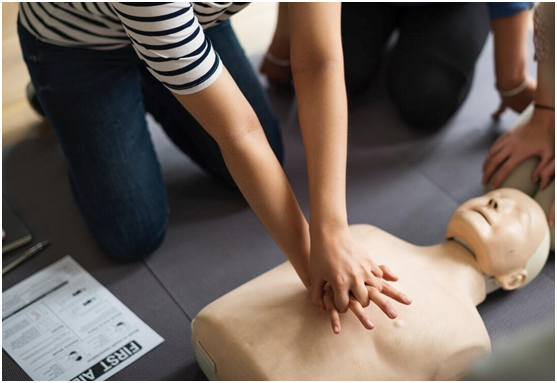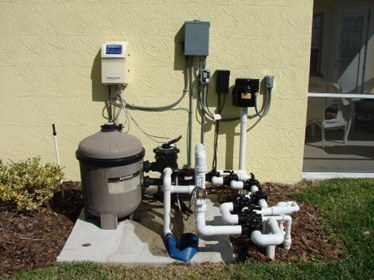
Have you ever wondered what you’d do if someone collapsed and stopped breathing?
In those moments, every second counts. Knowing CPR could mean the difference between life and death. CPR training isn’t just for doctors or first responders-it’s a skill anyone can learn to save lives.
Whether it’s a loved one, a coworker, or a stranger, being prepared gives you the power to act. This guide will show you the essential facts about CPR training you need to know.
What CPR Does
CPR keeps blood and oxygen circulating when the heart stops. This prevents damage to the brain and other vital organs. It is a critical skill during emergencies like cardiac arrest.
Cardiac arrest can occur without warning. CPR is often the first action taken before medical professionals arrive. Timely CPR can mean the difference between life and death.
Who Should Get CPR Training
CPR training is important for everyone, not just healthcare workers. Caregivers and teachers often work in situations where emergencies happen. Learning CPR helps them respond quickly.
People who work in public spaces should also know CPR. This includes coaches, lifeguards, and security personnel. They are often the first to notice a medical emergency.
Hands-Only CPR vs. Traditional CPR
Hands-Only CPR is a method that uses only chest compressions. It is recommended for teens and adults in sudden cardiac arrest. This method does not require rescue breaths.
Traditional CPR includes chest compressions and rescue breaths. It is used for infants, children, or those with breathing issues. It provides both oxygen and circulation.
Proper Technique
Performing CPR correctly requires proper hand placement. Place one hand in the center of the chest and the other on top. Interlace your fingers and keep your elbows straight.
Push hard and fast at a rate of 100-120 compressions per minute. Compressions should go at least 2 inches deep for adults. Always let the chest rise fully between compressions.
Certification and Practice
To learn CPR, you can take a certified training course. Organizations like the Red Cross and the American Heart Association offer classes. Some CPR courses combine online learning with hands-on practice.
Many training programs include CPR/AED Certification, which ensures you are equipped to use an Automated External Defibrillator during emergencies. This certification is often required for jobs in childcare, healthcare, and fitness. Regular practice builds confidence for real-life emergencies.
Why CPR Matters
CPR significantly increases the chances of survival during a cardiac arrest. Without CPR, the brain and heart can suffer irreversible damage within minutes. It buys time until professional help arrives.
Every second counts in an emergency, and CPR is a simple way to act quickly. Performing CPR early can double or triple the likelihood of survival. Knowing CPR empowers individuals to save lives.
Master Lifesaving Skills With Expert CPR Training
Learning CPR is a valuable skill that can make a difference in emergencies. It prepares individuals to act quickly and confidently when someone needs immediate help. Knowing how to perform CPR gives you the ability to save a life.
CPR training is accessible and essential for people of all backgrounds. By taking the time to learn it, you can contribute to a safer community and be ready for critical situations.
Was this article helpful to you? If so, make sure to check out our blog for more useful information and resources.






